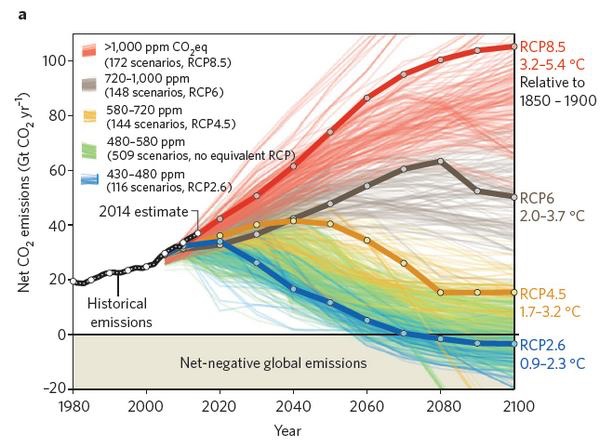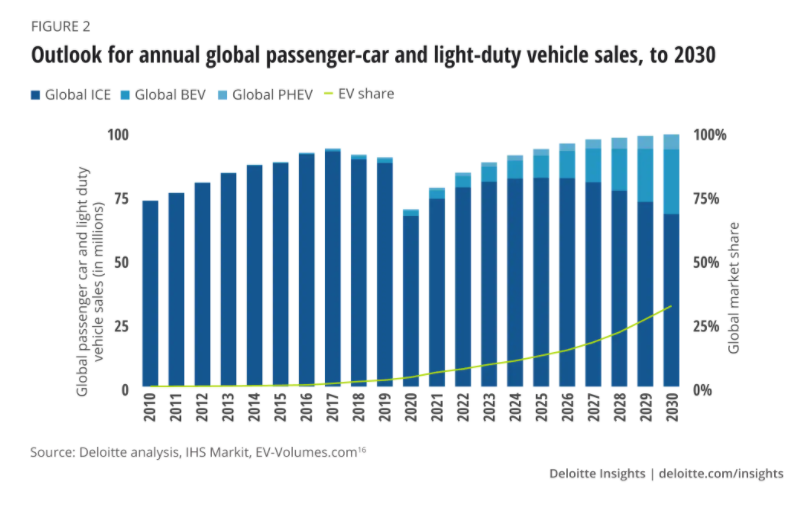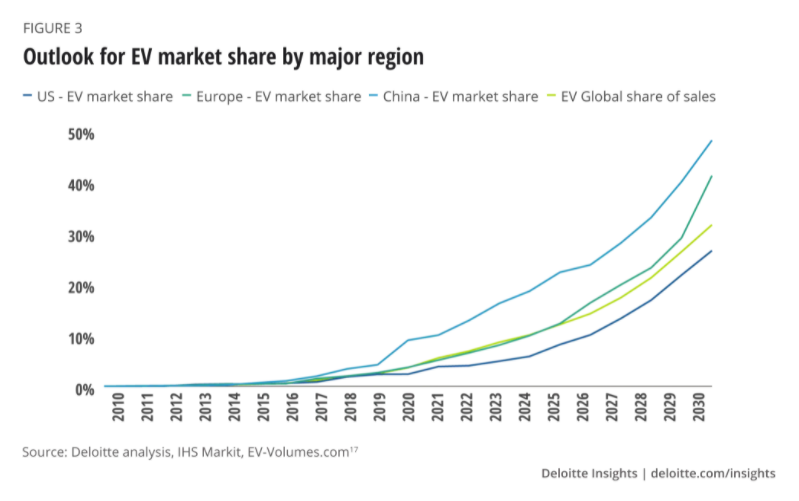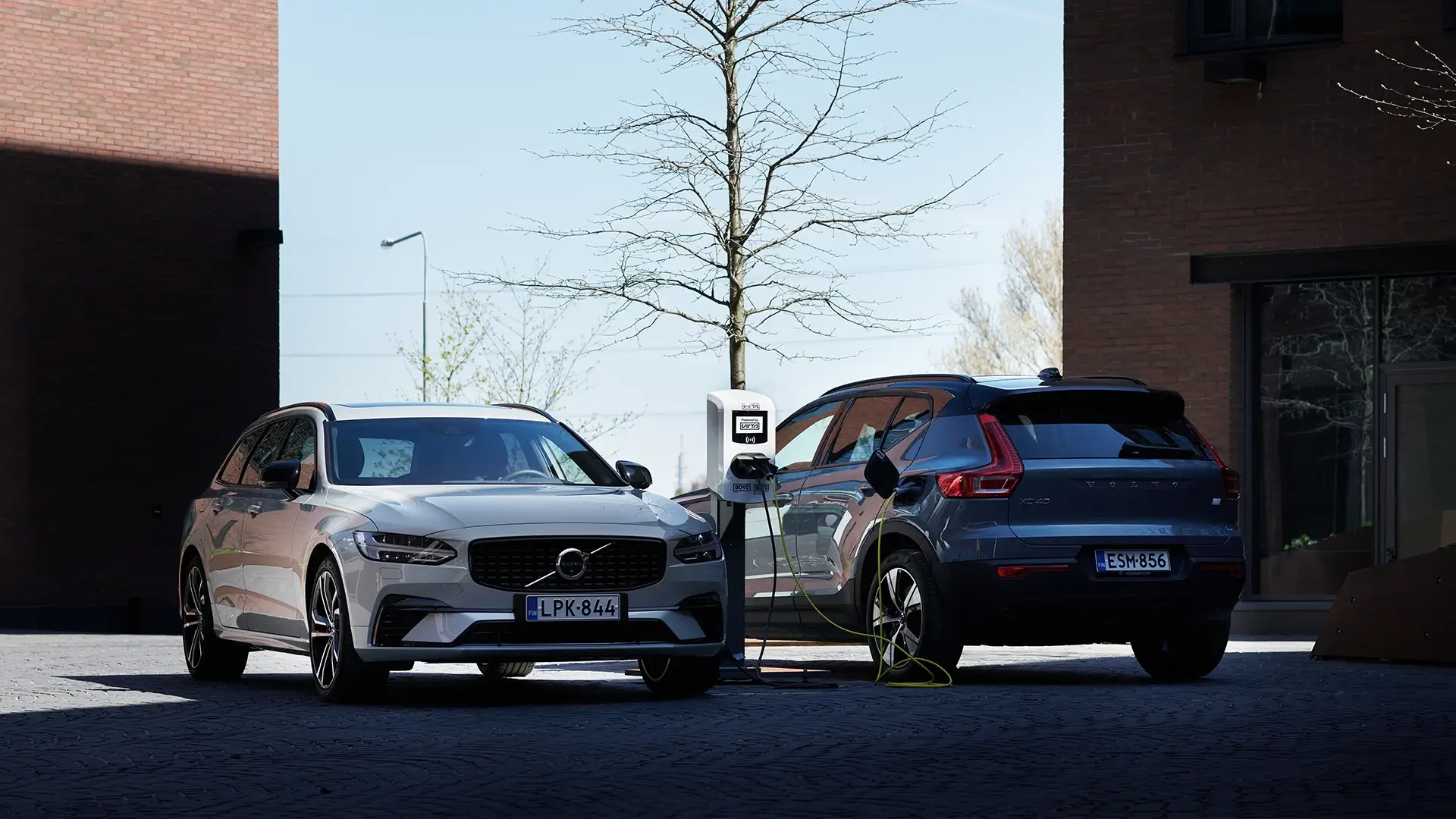What is decarbonisation, and why do we urgently need it?
In December 2015, the historic Paris Agreement was adopted by consensus by all members of the United Nations Framework Convention on Climate Change (UNFCCC).
To date, 197 countries have agreed to gradually reduce the use of fossil fuels and CO2 emissions to reach net carbon neutrality by 2050 and keep global warming below 2 °C by the year 2100.
Where there's a will, there's a way
Unfortunately, the Climate Action Tracker released in May 2021 reveals that current global pledges are insufficient, and the 2°C target could be slipping through our fingers.
Having said that, all hope isn’t lost.
To keep global warming within acceptable levels, our only chance is deep decarbonisation.
- What is decarbonisation?
- What does it mean in practice?
- And how can we make it happen?
We answer it all in this blog post.
What is decarbonisation?
Decarbonisation (also referred to as decarbonization across the Atlantic) refers to the process of reducing carbon dioxide (CO2) emissions resulting from human activity in the atmosphere. The current (and optimistic) objective of decarbonisation is to, eventually, eliminate our carbon dioxide emissions.
To achieve deep decarbonisation, we need to rethink how we produce and consume energy and operate a radical switch to renewables and low carbon energy sources.
In practice, getting to zero net emissions requires switching to clean energy sources and shifting from fossil fuels to electricity.
Why is decarbonising (so) urgent?
According to the World Economic Forum, full decarbonisation of our energy systems is the only solution to climate stabilisation.
Now, we are already lagging behind targets set in 2015, and our current policies would, in the best-case scenario, lead to an increase of 2.1 °C and, in the worst-case scenario, to a rise of 3.9 °C.
This situation is quite alarming.
To give a bit of context, the last time the global average temperature was 2 °C warmer, the average sea level was over 6 meters higher than today.
With a 3 °C increase (the current average we’re heading towards if we don’t change our ways), cities like Miami, Shanghai, Osaka or Rio de Janeiro would sink underwater. Additionally, a total of 275 million people worldwide would need to relocate and escape the flood.
There are (still) multiple scenarios
The International Panel of Climate Change has generated 5 RCP (Representative Concentration Pathway) scenarios to anticipate the effects of our carbon emission on Earth’s global temperatures:
- RCP8.5: This scenario depicts the likely outcome if we don’t make efforts to cut greenhouse gas emissions.
- RCP6 and RCP4.5: those two scenarios describe what could happen if we cannot act fast enough. According to the latest reports, we currently sit in between scenarios 6 and 4.5.
RCP2.6: This is the only scenario where Paris Agreement goals are reached. Following this path means getting net CO2 emissions to zero, or below zero, shortly after 2050.

Picture: IPCC's Representative concentration pathways (RCP) presenting four scenarios for net CO2 emissions.
While the odds don’t look great, we still have a chance to limit global warming to 2 °C (or lower) by 2100: Deep decarbonisation.
How do we get there? What is needed for the transition?
Of course, we cannot drop the old ways of producing and consuming energy overnight. But the emergency of the situation mandates that we drastically accelerate our zero carbon emission transition.
The road to decarbonisation implies that industrials revamp the way they produce, that we — individuals — review what we purchase and put in our plates, and — and it’s actually something we at Virta can help with — upgrade the way we produce, store and distribute electricity.
When renewables meet e-mobility
As we increasingly rely on renewables and low-carbon emission energy sources to power our cities, factories and vehicles, a new problem arises:
- How can wind turbines produce energy when there’s no wind?
- How can our solar panels meet sudden demands of energy during the night?
Part of the answer lies in how we store energy and loop it back to the grid to ensure a secure and constant flow.
EVs are batteries on wheels
It turns out that electric vehicles are batteries on wheels. When enough vehicles are plugged in, we can use them to power and stabilise the grid.
With the use of Smart EV charging infrastructures and new technologies like V2G (vehicle-to-grid), we can charge or discharge EV batteries connected to the grid based on momentary needs and, therefore, eliminate all shortage risks.

Will there be enough electric vehicles to support our energy system? Yes. By 2030, Deloitte expects that EVs will account for 32 % of the total market share for new car sales worldwide.
In Europe alone, we expect EV sales to account for over 40 % of new car sales by 2030.

This optimistic forecast finds its roots in everything the European Union currently does to meet and exceed the 2015 Paris Agreements. On July 14th, 2021, the EU released new milestones and objectives for 2030 and beyond as part of the Green Deal.
Those new objectives include:
- 55% reduction of emissions from cars by 2030
- 50% reduction of emissions from vans by 2030
- 0 emissions from new cars by 2035
“Where there’s a will, there’s a way”.
BE PART OF THE SOLUTION: INVEST IN SMART EV CHARGING
The three pillars of decarbonisation — electrification, decarbonisation of electricity and energy efficiency — intertwine and support each other.
Of course, electric transportation is merely one piece of a complex puzzle, but we need it to succeed in this transition.
We at Virta find pride in futureproofing the future. Learn more about our Smart EV Charging services and contribute to building a safer and greener tomorrow through e-mobility.
Share this
You may also like
These related articles

eSled: Greener nature tourism in Finnish Lapland

Why you should electrify your corporate fleet

How can recovery packages support zero-carbon mobility?
